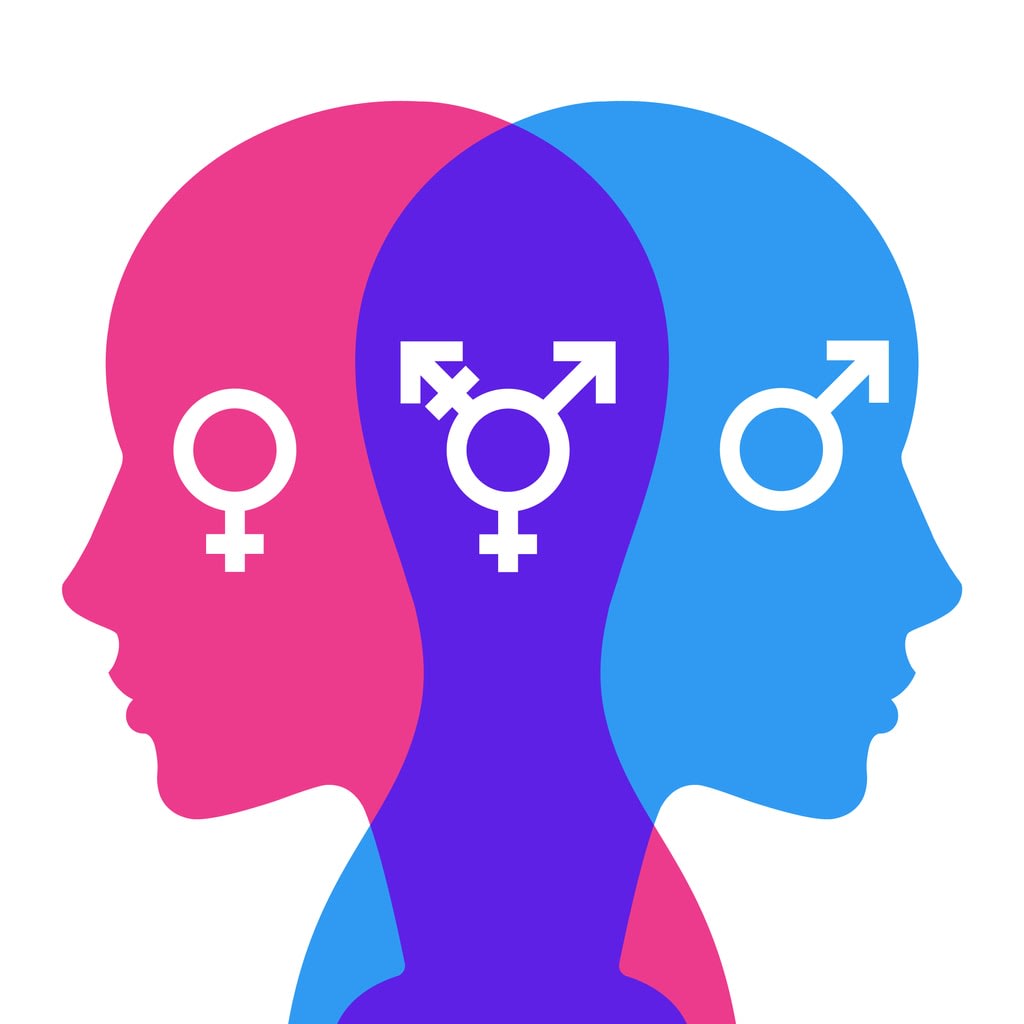According to recent studies, women remain to be underrepresented in the field of science, technology, engineering and mathematics (STEM); for example, women only fill 31,2% of R&D jobs globally, with most parts of Asia, North America and Western Europe among the underdogs. On the other hand, Central Asia leads the way with 49% of research positions filled by women, along with some of the Eastern European countries such as Lithuania, Bulgaria and Latvia all exceeding the 50% mark.
As the share of women in STEM raises within a country, it gets easier to maintain as women feel more represented and capable of the career. One of the interesting observations is that the share of women in STEM is higher in the countries where there have been large historical shifts that expedited their inclusion; for example, most post-Soviet countries have better numbers of gender equality in the field, as the now-dissolved country has put big emphasis on the higher education of women, forming a self-sustaining image of women as scientists and innovators.


